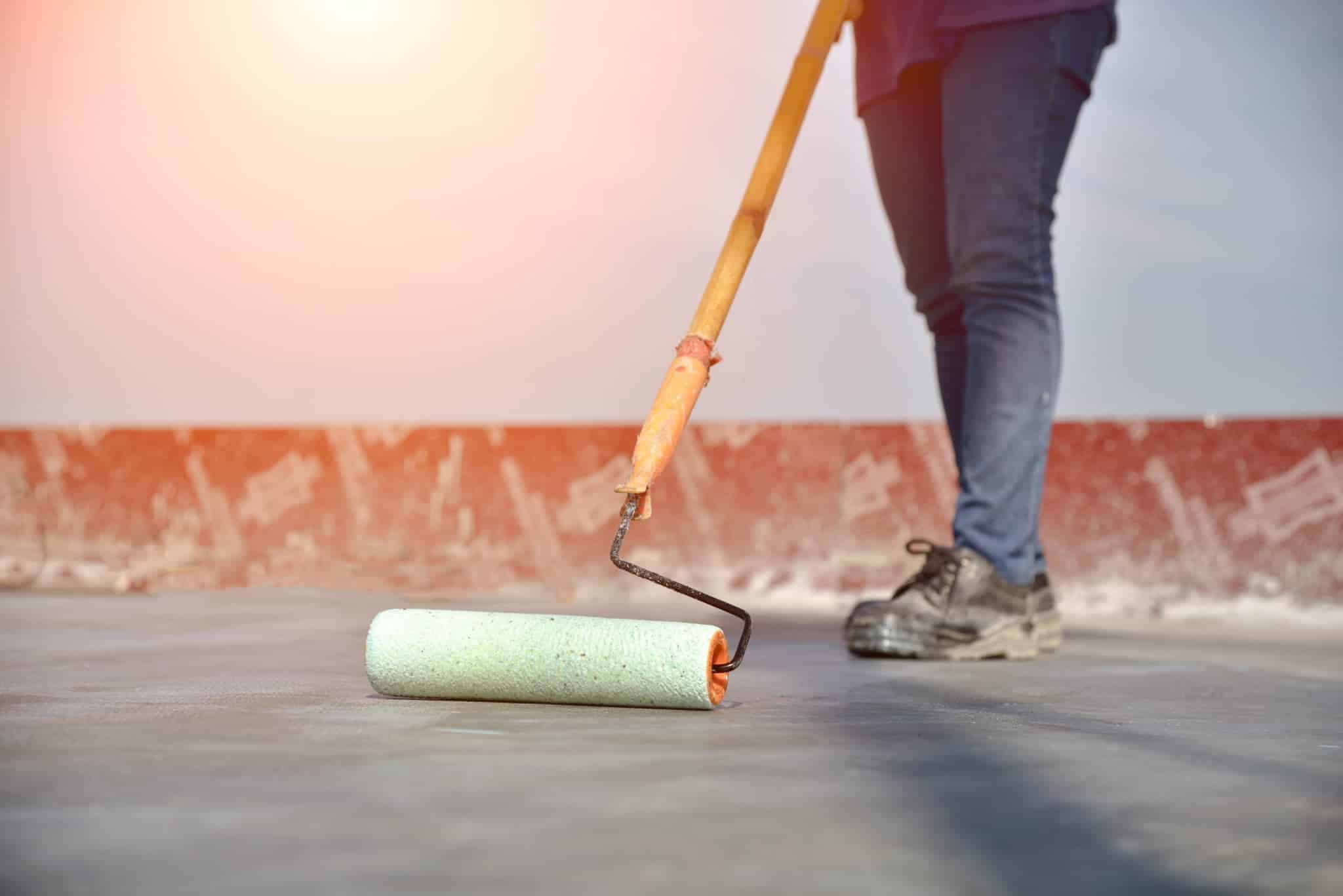Q: How do you seal concrete?
A: It is beneficial that all concrete be sealed; this includes old concrete, new concrete, stamped concrete, broom finished concrete, driveways, basements, patios and more.
In order to answer the question, “how do you seal concrete,” you first must determine what type of sealer you are going to be using.
Driveway: concrete driveways are typically sealed to either prevent the growth of black mold and mildew, prevent staining from automobile fluids, or prevent deicing salt damage, cracking, pitting and spalling. Generally speaking, the best concrete driveway sealers to use are penetrating waterproofing sealers. In order to seal a concrete driveway you want to make sure that the concrete is clean, free of debris, previous sealers and dry. Once the concrete is clean and dry you are going to want to apply the sealer. Penetrating concrete sealers leave clear, natural finish and are best applied with a pump up sprayer or 3/8″ nap roller.
Garage: concrete garage floors are typically sealed to either prevent staining from automobile fluids, prevent deicing salt damage, cracking, pitting and spalling, or provide a durable chemical, acid and abrasion resistant surface. Generally speaking, the best concrete garages sealers to use are epoxy garage floor coatings. In order to seal a concrete garage you want to make sure that the concrete floor is clean, free of debris, previous sealers and dry. You are also going to want to make sure that the concrete has good surface profile. This can be achieved by either acid etching the concrete or grinding the floor with a floor grinder. The floor needs good surface texture in order for the epoxy floor coating to properly bond with concrete. Once the concrete is clean and dry you are going to want to apply the coating. Garage floor coatings are available clear or colored and can be used with paint chips for a decorative look. They are best applied with a 3/8″ nap roller.
Patio: concrete patios are typically sealed to either prevent the growth of black mold and mildew or to enhance the substrate with a high gloss or satin finish. Generally speaking, the best concrete patio sealers to use are decorative solvent based acrylics. In order to seal a concrete patio you want to make sure that the concrete is clean, free of debris, previous sealers and dry. Once the concrete is clean and dry you are going to want to apply the sealer. Decorative concrete sealers leave clear, high gloss or satin finishes and are best applied with a 3/8″ nap roller.
Basement: concrete basements are typically sealed to either prevent the growth of black mold and mildew or to prevent water and moisture intrusion. Generally speaking, the best concrete basement sealers to use are moisture vapor barrier coatings. In order to seal a concrete basement you want to make sure that the concrete is clean, free of debirs, previous sealers and dry. You also want to make sure that the moisture content of the concrete is within the sealers limitations as set by the manufacturer. This can be determined by performing a calcium chloride test, relative humidity test, or by using a concrete moisture meter. Once the concrete is clean and dry you are going to want to apply the sealer. Concrete basement coatings leave clear, high gloss finishes and are best applied with a 3/8″ nap roller.

